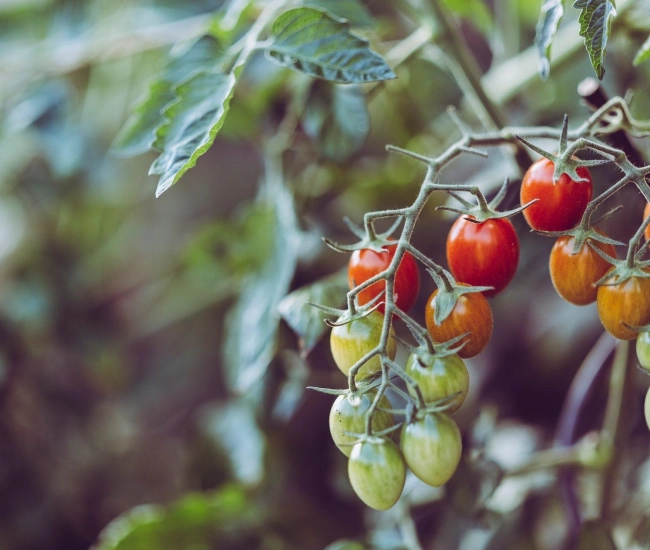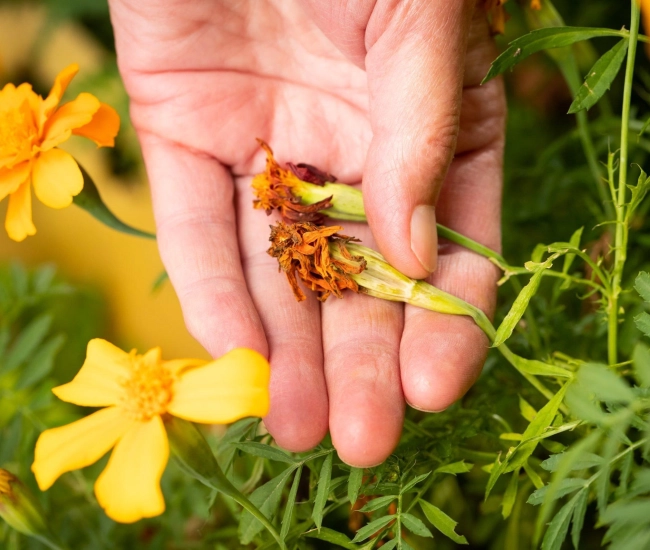
The cucumber is undoubtedly one of the most widespread vegetables in gardens. Its versatility, freshness, and ease of cultivation make it a very popular choice for gardeners of all levels. To ensure you have abundant harvests and enjoy them all summer, follow these few pro tips.
Choosing the right variety of cucumbers
There are several varieties of cucumbers, and to avoid disappointment, it is important to choose carefully. If you want to make pickles, opt for specific cucumbers that work well in marinades but are not very interesting to eat fresh. If you want easy and quick solutions for lunchboxes, choose varieties that produce small, crunchy fruits with edible skin that doesn't add bitterness. Pick, wash, take away. Some cucumbers are also known for their resistance to insects and diseases, which can also be very interesting. Your favorite Passion Jardins retailer can advise you on the best variety to choose according to your needs and, above all, your tastes.
To sow or to plant?
Both answers are correct. If you want to start your plants from seeds, sow them indoors 3 to 4 weeks before the last known frost date in your area. Avoid sowing cucumbers too early, otherwise, the plants will become leggy, and their survival during transplantation will be at risk. Cucumber roots are fragile, so to avoid damaging them when transplanting outdoors, sow in peat pots.
Prefer to opt for plants? That's perfect. Make sure to leave space between the plants to allow them to grow freely and to their full potential. Even with young plants, the roots are fragile, so handle them with care.
When to plant cucumbers in the garden?
Cucumbers hate the cold. They are tropical-type plants, and a single night of frost can destroy your harvests for the season. Wait until the nights are around 13ºC before planting. A good trick is to wait until the lilacs are about to bloom; you won't risk making a mistake. Additionally, plant your cucumbers in the sun as much as possible so they benefit from all the warmth of the sun's rays.
Planting and maintaining cucumbers
To achieve abundant harvests and large, juicy fruits, plant in rich and well-drained soil. Add Passion Jardins Sea Compost to your soil before planting and fertilize regularly with natural vegetable and fruit fertilizer throughout the growing season, following the instructions on the label. Adding mycorrhizae at planting can also promote the development of strong and deep roots.

Cucumbers are sprawling plants. If you provide them with stakes or trellises, they will cling to them with their tendrils rather than spreading on the ground. Not only will your garden be more organized, but you will also prevent the fruits from touching the ground where they can be damaged by slugs and other insects. Access to sunlight will also be more even for all the leaves and fruits.
Watering
Cucumbers need to be watered regularly but not soaked. If they often lack water, they become bitter and indigestible. Water when the soil is dry. Adding mulch or straw can help control soil moisture levels. Avoid the foliage when watering.
Did you know that...
Cucumbers are harvested before they reach full maturity? When mature, cucumbers turn orange and have a very bitter taste. Harvest cucumbers when their size is satisfactory or when they start to whiten. Harvest regularly to stimulate your plant to produce more.
Happy harvesting!
Tips and advice



